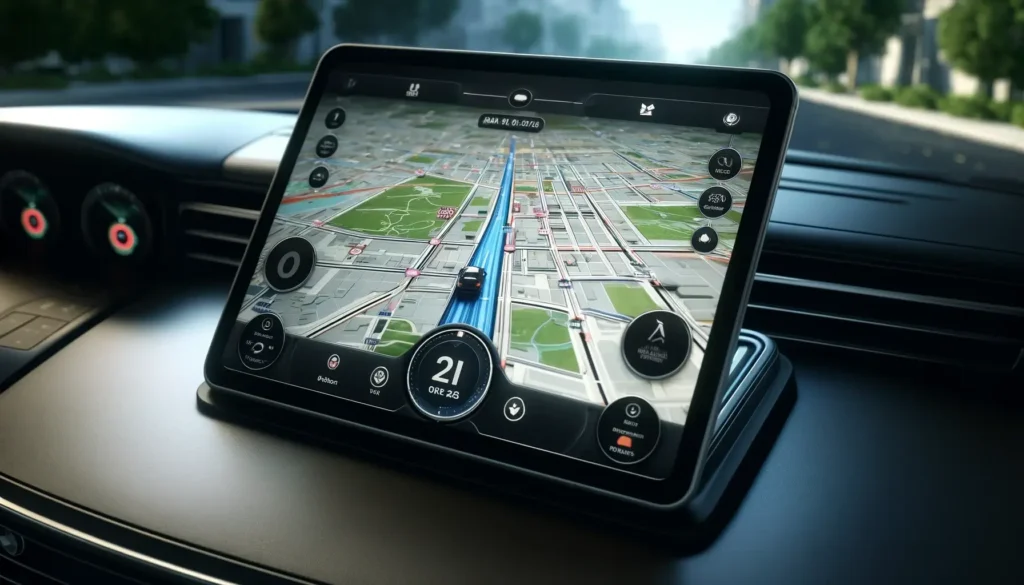Navigation systems have undergone a remarkable transformation throughout history, evolving from ancient celestial techniques to today’s highly advanced satellite-based technologies. These systems are not only vital for personal travel but also play critical roles in various industries, including aviation, maritime, automotive, and logistics. As the world becomes increasingly interconnected, the importance of reliable navigation systems continues to grow, enabling safe and efficient movement across land, sea, and air.
The Evolution of Navigation Systems
The journey of navigation systems dates back thousands of years, originating from primitive methods used by early explorers and sailors who relied on celestial bodies to find their way. Ancient civilizations navigated using landmarks and natural features, which laid the foundation for more sophisticated navigation techniques. The invention of the magnetic compass in the 11th century marked a significant advancement, allowing mariners to determine direction even under overcast skies.
The 20th century brought further innovations with radio navigation systems. These systems utilized radio waves to help pilots and mariners pinpoint their locations with remarkable accuracy. Technologies such as LORAN (Long Range Navigation) and the Decca Navigator System played pivotal roles during this era. The most revolutionary advancement came with the launch of the Global Positioning System (GPS) in the 1970s. Originally designed for military applications, GPS has since become a cornerstone of civilian navigation, providing real-time location data and pinpoint accuracy.
Types of Navigation Systems
In the realm of navigation, several distinct systems serve various purposes, each offering unique advantages and applications.
Global Navigation Satellite Systems (GNSS) are perhaps the most widely recognized navigation technology today. Comprising GPS and other satellite systems such as GLONASS (Russia), Galileo (Europe), and BeiDou (China), GNSS operates by transmitting signals from satellites orbiting the Earth. A GPS receiver determines its position by triangulating signals from at least four satellites, enabling users to ascertain their location with remarkable precision anywhere on the globe.
Inertial Navigation Systems (INS) are predominantly utilized in aerospace and military applications. These systems operate based on accelerometers and gyroscopes that track the movement of a vehicle, allowing it to compute its current position without relying on external references. Although INS can maintain high accuracy over short distances, they tend to drift over time. For this reason, they are frequently integrated with GPS to enhance overall precision.
Dead reckoning is an age-old navigation method that is still applicable in various modern contexts. This technique calculates a vehicle’s current position based on its last known position, speed, and direction of travel. Dead reckoning is often used in conjunction with GPS and INS to provide continuous navigation data, particularly in environments where satellite signals may be blocked or obstructed, such as urban canyons or tunnels.
Visual navigation relies on the use of landmarks and visual cues to determine location. This method is common in aviation and maritime navigation, where pilots and sailors can use charts and maps alongside visual observations to navigate. Emerging technologies like augmented reality (AR) are being integrated into visual navigation systems, providing real-time data overlays on physical landscapes to enhance situational awareness.
Applications of Navigation Systems
The applications of navigation systems are vast and varied, permeating numerous industries and everyday activities. In the aviation sector, precise navigation is essential for ensuring flight safety and efficiency, allowing pilots to navigate complex airspace confidently. Similarly, navigation systems are integral to maritime operations, enabling safer shipping routes and significantly reducing the risk of collisions and environmental hazards.
In the automotive industry, navigation systems have revolutionized personal transportation. GPS-enabled devices provide drivers with turn-by-turn directions, real-time traffic updates, and estimated arrival times, enhancing the overall driving experience. Additionally, navigation systems play a crucial role in logistics and supply chain management. Fleet management systems utilize GPS to track vehicles in real time, optimizing delivery routes and improving operational efficiency.
The Future of Navigation Technology
As technology continues to advance, the future of navigation systems appears bright and full of potential. Innovations such as autonomous vehicles rely heavily on advanced navigation systems that integrate multiple technologies for precise movement. These vehicles use sensors, cameras, and machine learning algorithms in conjunction with GPS to navigate complex environments safely.
The rollout of 5G technology will also significantly enhance navigation systems, enabling faster data transmission and more reliable connectivity. This advancement will improve real-time location tracking and the efficiency of navigation applications, contributing to the development of smarter cities and improved transportation networks.
Moreover, researchers are exploring quantum positioning systems (QPS), which could revolutionize navigation by offering unprecedented accuracy without depending solely on satellite signals. QPS would leverage quantum entanglement to determine location, potentially transforming navigation in areas where traditional systems face challenges.
Conclusion
In summary, navigation systems have come a long way from their humble beginnings, evolving into indispensable technologies that shape our daily lives. With various types of navigation systems catering to different needs and applications, their impact is felt across numerous industries. As we venture into the future, continued innovations and advancements in navigation technology will further enhance our ability to traverse the globe, paving the way for safer, more efficient travel and transportation. Understanding these systems and their applications is crucial in navigating the complexities of our increasingly interconnected world.





